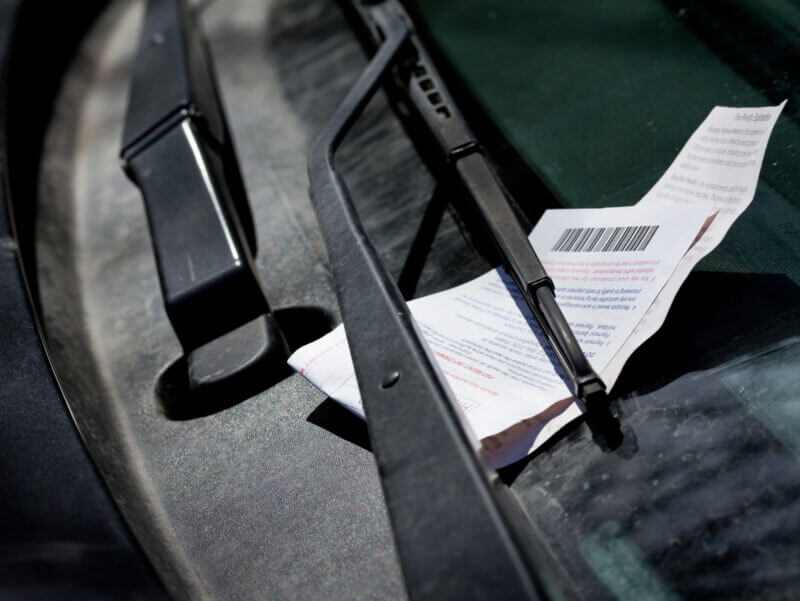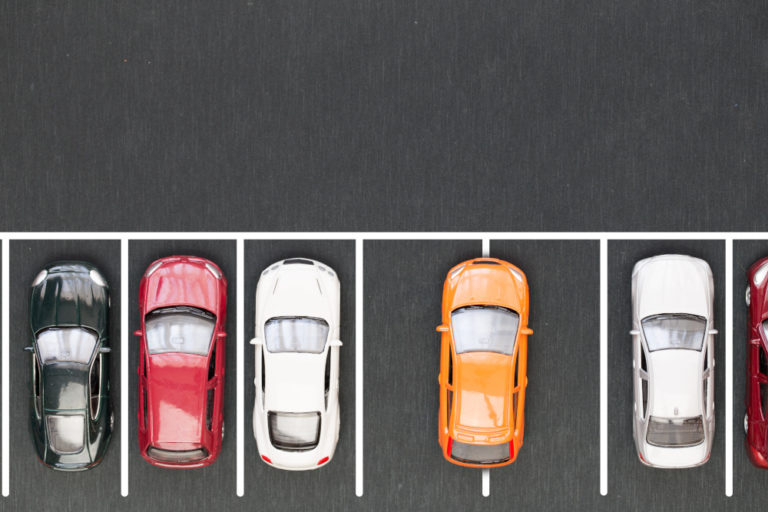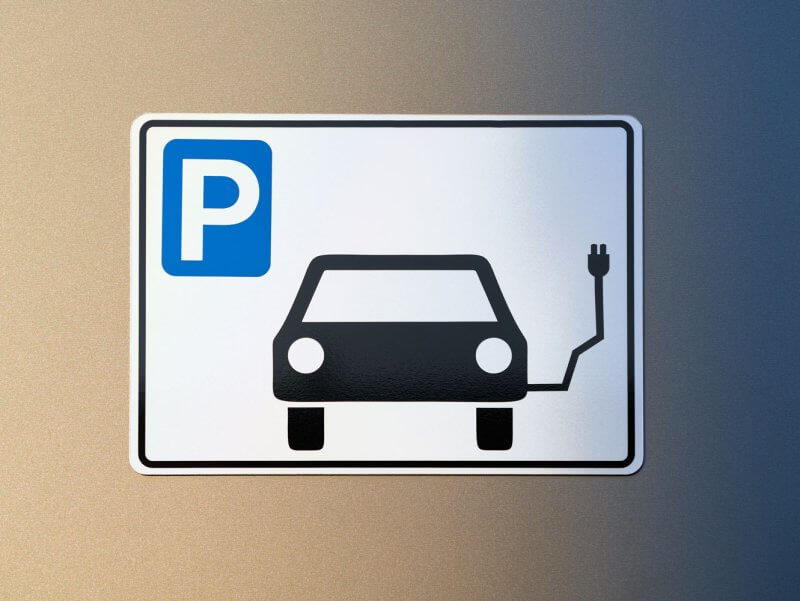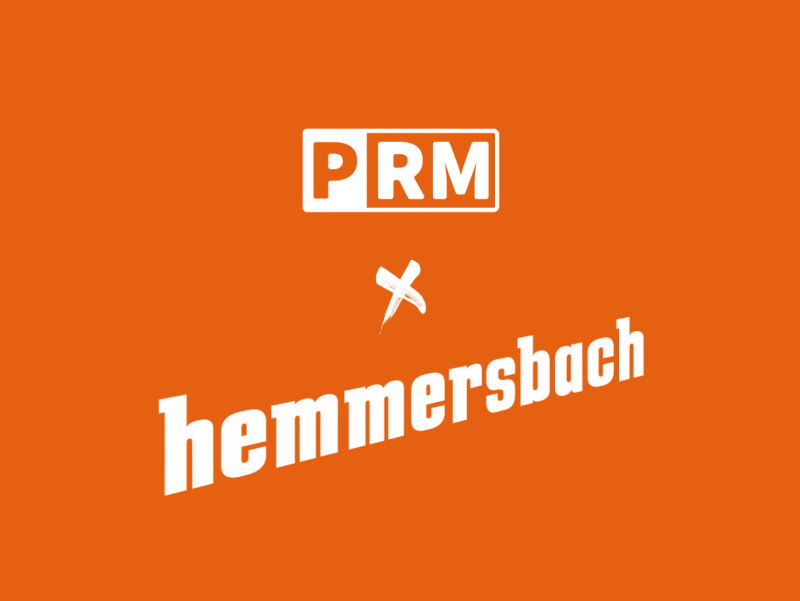Different standards for e-charging stations
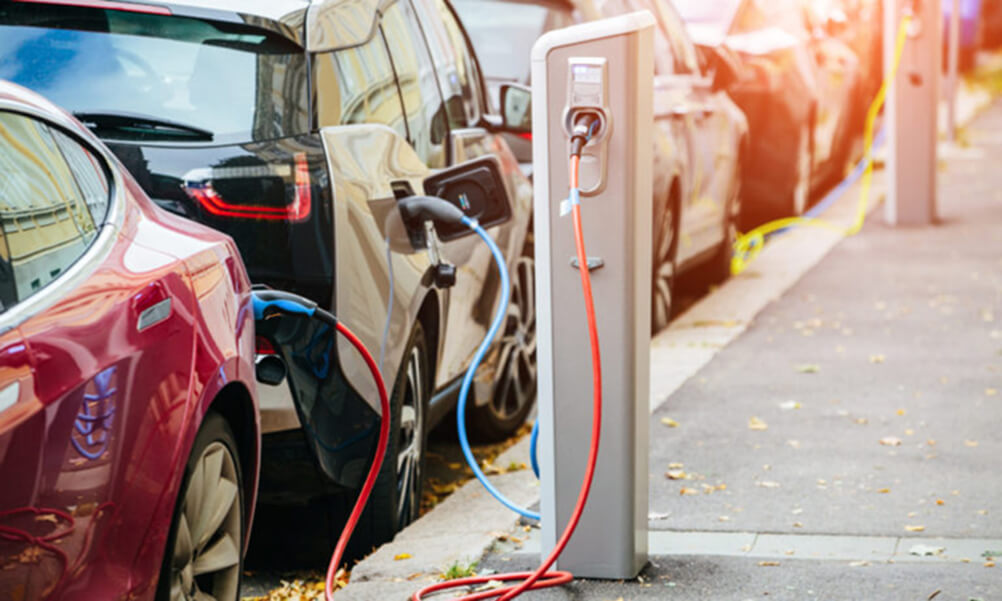
There are currently over 12,000 publicly accessible charging stations with more than 35,000 charging points in Germany. Although the technology continues to develop, the range of these vehicles is still very limited - some e-cars have to be recharged after driving just over 100 kilometers.
If you want to provide your parking guests with charging stations, you first need to familiarize yourself with the various standards for electric charging stations (also known as charging points or charging stations). This is because not every electric car can be connected to every charging station. While the charging station at home can be individually adapted to your own vehicle, public charging stations require compatibility with a wide variety of vehicle models.
Direct current or alternating current?
The differences lie in the various plug types, the amperage, the type of current, the power and therefore the charging speed. A basic distinction is made between direct and alternating current. While electric cars can only store direct current (DC) in the battery, almost all energy sources (e.g. household or industrial sockets) supply alternating current (AC). This means that the energy from the power grid must first be converted into direct current. This conversion takes place either in the on-board charger of the respective vehicle (AC charging) or the rectifier in the charging station converts the current directly (DC charging) and then charges the vehicle's battery. The plugs also differ depending on the type of charging.
Advantages and disadvantages of the various charging stations
AC charging stations
In principle, all electric cars are suitable for charging with alternating current. For this reason, AC charging stations are preferably used at public charging stations such as company, supermarket or hotel parking lots.
Type 2 is the European standard plug for electric cars, which is used at AC charging stations. It enables charging via three-phase alternating current with up to 63 amps per phase. However, depending on the on-board charger installed, the AC charging power, and therefore the charging speed, can vary greatly.
More than half of all publicly accessible charging stations in Germany (around 20,000) are type 2 AC charging stations.
DC charging stations
For some electric cars, there is a faster alternative to AC charging: the direct current or DC charging station. Here, the expensive and heavy rectifier is installed directly in the charging station, allowing the electricity to be charged directly into the battery. This results in a higher charging capacity. Such fast-charging stations are primarily intended for long-distance traffic to give users of electric vehicles the opportunity to charge their electric car with high power in a short time. There are currently three DC fast-charging systems in Europe: the Combined Charging System (CCS), the Japanese CHAdeMo system and the Tesla Supercharger.
In addition to the various charging systems, public charging stations also differ in other features. These include the number of charging points per charging station. For example, some charging stations can charge several vehicles at the same time, while other charging stations are only suitable for one vehicle. Another important difference is the underlying contract model, i.e. the cost of charging an electric vehicle at a public charging station. Some charging stations can only be used as part of a type of membership, while other stations charge according to the energy charged or at a flat rate.
In principle, it should be noted that publicly offered charging stations should be designed in such a way that they can be used by as many drivers as possible, both technically and in terms of the contract model.
